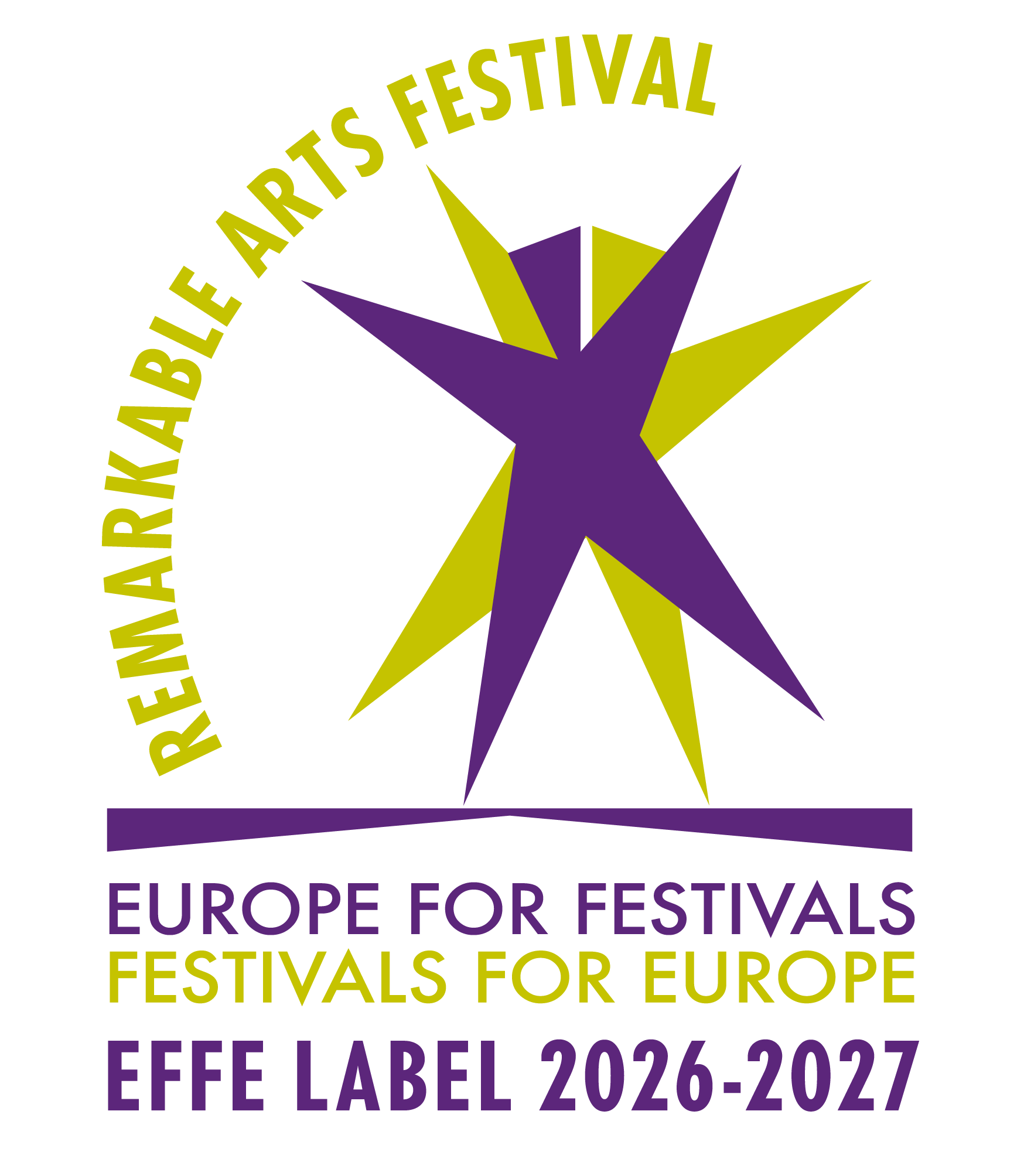Missa Ockeghem
L'Homme Armé / Tempo Reale
May 5, 2011 20:00
Stazione Leopolda di Firenze | IT
Liturgy of music, images and architectures between the Renaissance and the Contemporary
Four Florentine cultural institutions – Tempo Reale, L’Homme Armé, Fondazione Fabbrica Europa, Teatro del Maggio Musicale Fiorentino – have collaborated to offer a courageous, innovative work which in a leap of six centuries through the history of music, contains different forms of expression: from vocal to electronic music, from space to video, from Gothic architecture to the drawings by Giovanni Michelucci.
The project, created by Fabio Lombardo, centres on a particular interpretation and setting of the Missa cuiusvis toni by the fifteenth-century Flemish composer Johannes Ockeghem.
The Mass is a sort of open renaissance work: the score itself can in fact be performed in different tones with very different expressive features. The five parts composed by Ockeghem are conceived by the project as so many panels in a polyptych put together in a new liturgical context created through a series of electroacoustic sound structures, either original or the result of the electronic re-elaboration of the sung parts.
The musical part is then executed by a vocal ensemble of ten voices that interprets the Mass according to the criteria and usage of the second half of the fifteenth century, and a live electroacoustic ensemble that constructs a sound counterpoint in real time, using both new materials and the digital re-elaboration of the vocal elements.
Interacting side by side, therefore, we find the most ancient musical formation, the vocal group, and the most modern, composed entirely of electronic instruments.
The musical interpretation is within a video-set, made in collaboration with the Maggio Musicale Fiorentino and the Giovanni Michelucci Foundation, which interacts with the various musical, vocal and electronic panels, forming a pathway of visual dramaturgy intimately connected to the sound dramaturgy, therefore an integral part of the creation.
The ritual nature of the performance is thrown into relief by the particular positioning of the musical groups in space so that they surround the audience. The images of the video-set are projected onto the surfaces produced by the structuring of the space, and the video-set re-elaborates elements that are basically architectural and urbanistic, inspired both by the work of the great Florentine architect – coming from the vast archives of the Giovanni Michelacci Foundation – and by the spaciousness of the Gothic Cathedrals in the Flemish area, places through which the Mass of Ockeghem may originally have sounded.
artistic design: Francesco Giomi, Fabio Lombardo, Lorenzo Pallini
dramaturgy: Francesco Giomi and Fabio Lombardo
set design: Andrea Aleardi
videos: Federico Fiori and Francesca Lenzi
images: the Giovanni Michelucci Foundation
sets: the laboratories of the Teatro del Maggio Musicale Fiorentino – technical director: Saverio Cona
in collaboration with: Fondazione Giovanni Michelucci
production: Tempo Reale, L’Homme Armé, Fondazione Fabbrica Europa,Teatro del Maggio Musicale Fiorentino
Ensemble Vocale L’Homme Armé
director: Fabio Lombardo
voices: Alberto Allegrezza, Luciano Bonci, Alessandro Carmignani, Elena Cavini, Luca Dellacasa, Paolo Fanciullacci, Gabriele Lombardi, Andrea Perseu, Giulia Peri, Marcello Vargetto
Tempo Reale Electroacustic Ensemble
coordination: Francesco Giomi
musicians: Francesco Canavese, Francesco Casciaro, Riccardo Castagnola, Francesco Giomi, Andrea Ferrara, Luigi Mastandrea
sound director: Damiano Meacci



